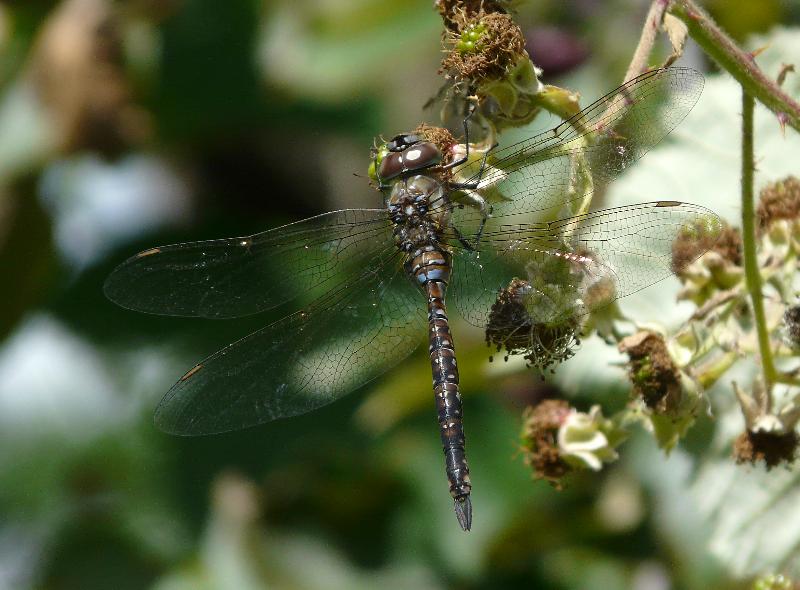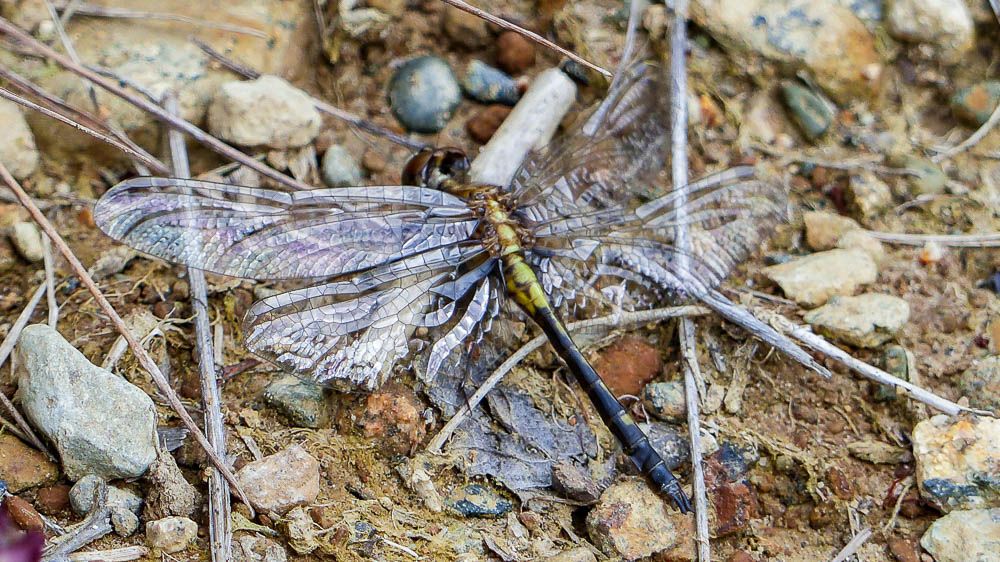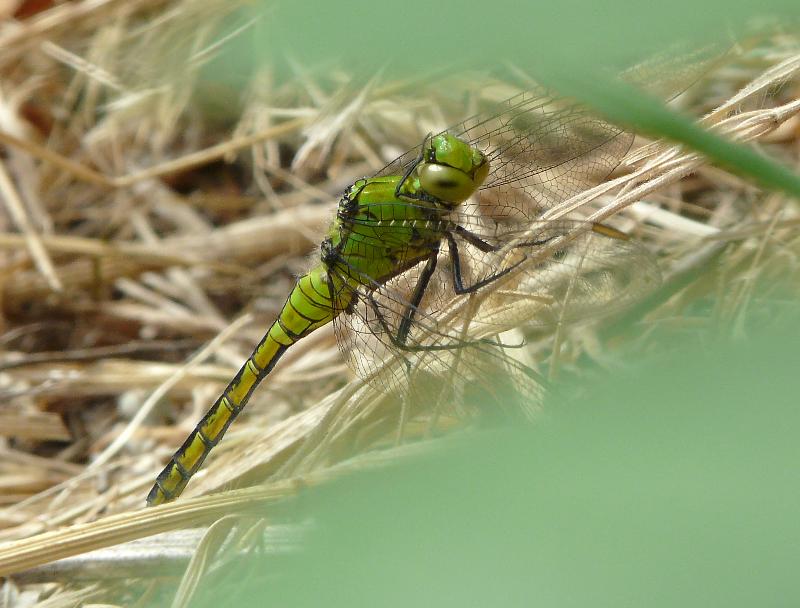2016 June 27
Jeremy Tatum writes: There have been almost no moths at my apartment porch light for a long time, so I am reduced to photographing a harvestman. Some people call them “daddy-long-legs” – although this name is used in different parts of the world for other sorts of arachnid or insect, so it is best to call them harvestmen.


Harvestman
Phalangium opilio (Opiliones: Phalangiidae) Jeremy Tatum
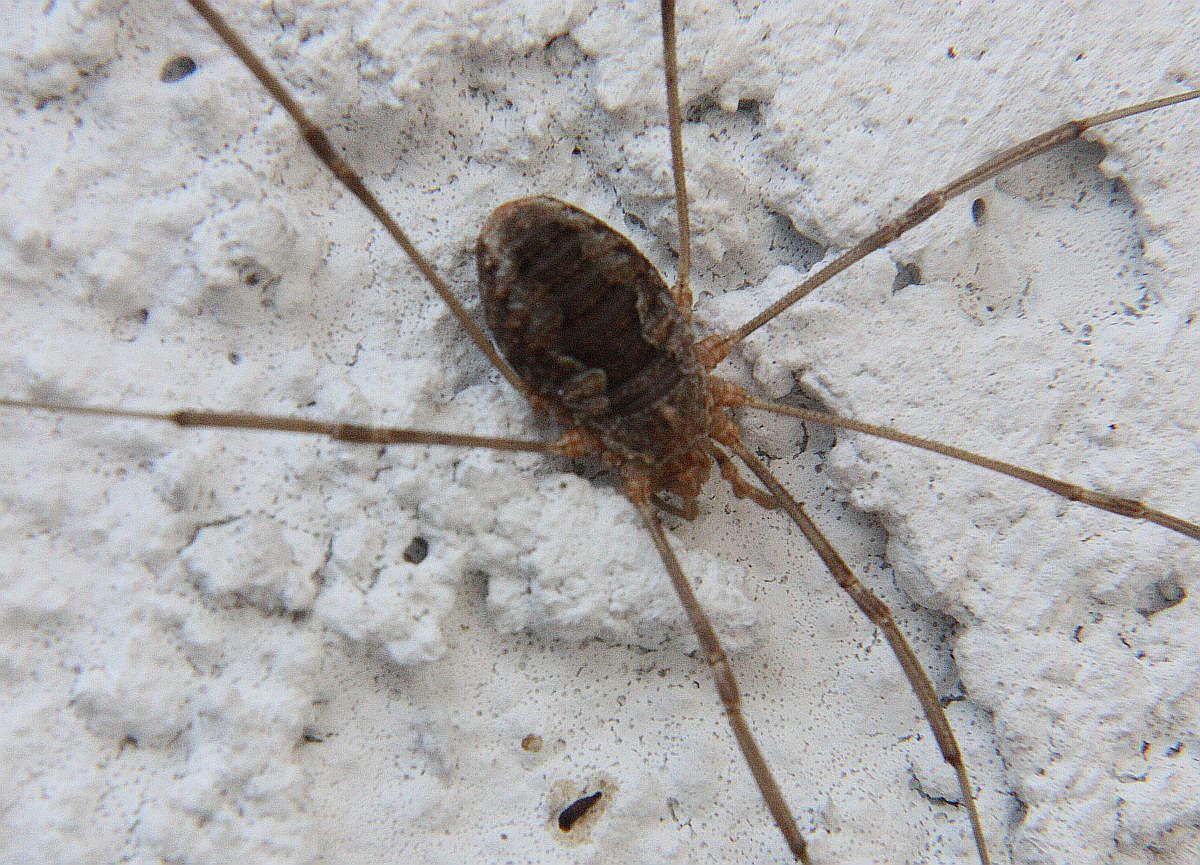
Harvestman Phalangium opilio (Opiliones: Phalangiidae) Jeremy Tatum
Jeremy continues: Although there was nothing else near our porch light, I found this assassin bug on the window of my living room in Saanich today. If you see one of these bugs, you would be well advised not to handle it. They have a reputation for being able to give a painful bite.


Assassin bug
Zelus tetracanthus (Hem.: Reduviidae) Jeremy Tatum
Val George writes: Attached is a photo of a Variegated Meadowhawk Sympetrum corruptum I took at the Victoria Golf Course, June 26.


Variegated Meadowhawk Sympetrum corruptum (Odo.: Libellulidae) Val George
Aziza Cooper writes: On Sunday, June 26, Moralea Milne and I went to several places looking for butterflies and a moth.
Nanaimo River Road, between 9:30 and 10:30am:
Dun Skipper – 1
Pale Tiger Swallowtail – 1
Sylvan Hairstreak – 1
Grey Hairstreak – 2
Fritillary – possibly Hydaspe – 1
Lorquin’s Admiral – 1
Notch Hill, off Powder Point Rd. in Nanoose
– search for a Grammia moth was unsuccessful
Mount Cokely: Cameron Main to Pass Main to old ski area:
Dun Skipper 1 on lower part of Cameron Main near the Connector
Pale Tiger Swallowtail – 10
Anise Swallowtail – 1
Western Tiger Swallowtail – 5
Comma species – 1 flyby
Fritillary species – 5 flybys
Lorquin’s Admiral – 2
Clodius Parnassian – 7
Silvery Blue
Anna’s Blue
Western Tailed Blue
Sara Orangetip – 6
Persius Duskywing – 1
Arctic Skipper (Carterocephalus palaemon) – 3
Margined White – 3 near the last bridge/trailhead on Pass Main
Total species for the day (including Cabbage White along the highway) – 18


Dun Skipper
Euphyes vestris (Lep.: Hesperiidae) Aziza Cooper

Dun Skipper Euphyes vestris (Lep.: Hesperiidae) Aziza Cooper

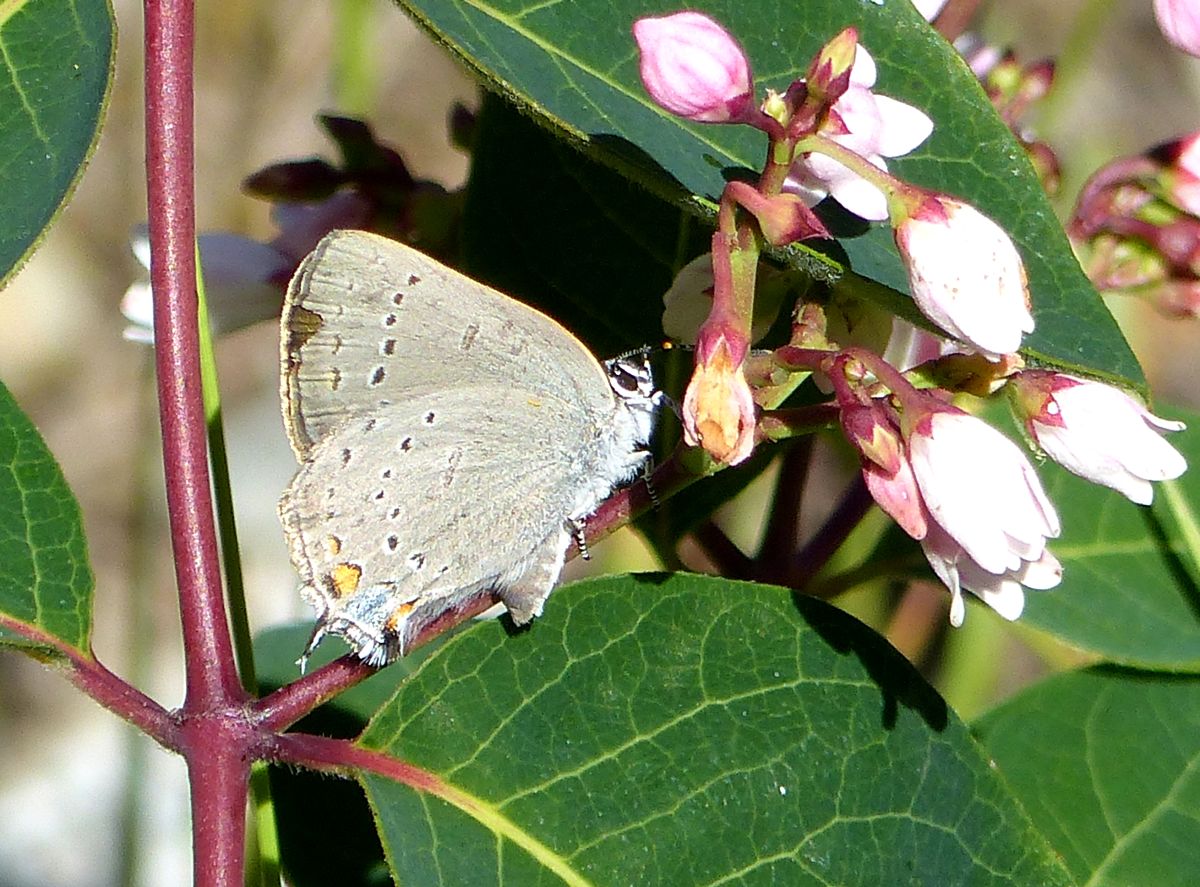
Sylvan Hairstreak Satyrium sylvinum (Lep.: Lycaenidae) Aziza Cooper
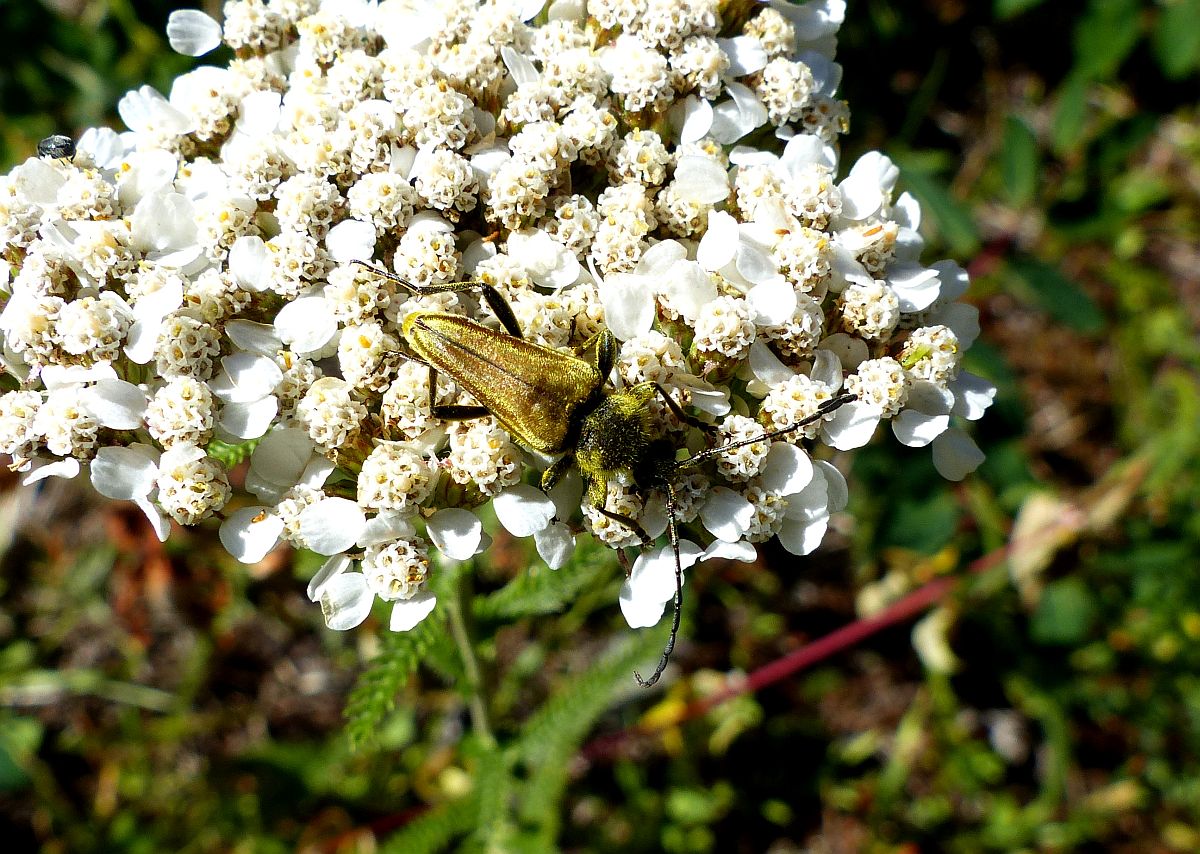
 Lepturobosca chrysocoma
Lepturobosca chrysocoma (Col.: Cerambycidae) Aziza Cooper
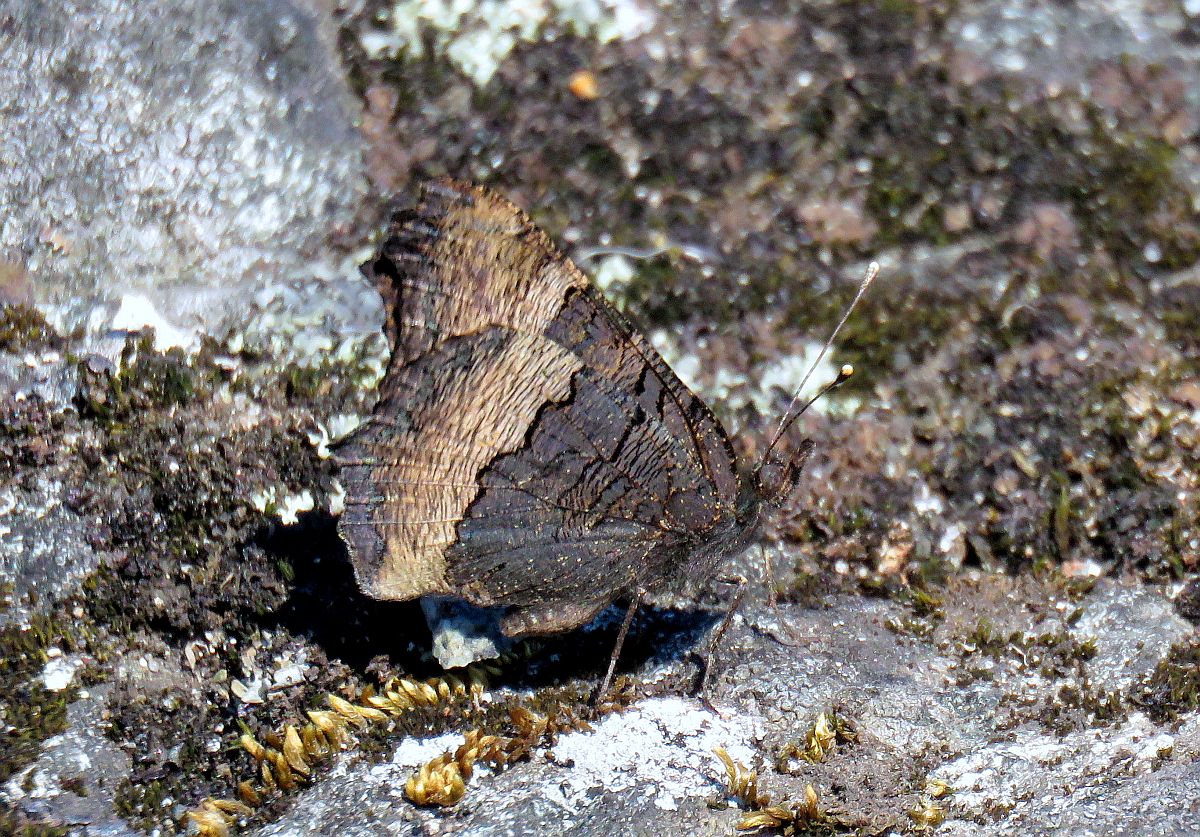


 Idaea dimidiata (Lep.: Geometridae) Jeremy Tatum
Idaea dimidiata (Lep.: Geometridae) Jeremy Tatum

 Idaea dimidiata (Lep.: Geometridae) Jeremy Tatum
Idaea dimidiata (Lep.: Geometridae) Jeremy Tatum






 Dun Skipper Euphyes vestris (Lep.: Hesperiidae) Aziza Cooper
Dun Skipper Euphyes vestris (Lep.: Hesperiidae) Aziza Cooper




 Lepturobosca chrysocoma (Col.: Cerambycidae) Aziza Cooper
Lepturobosca chrysocoma (Col.: Cerambycidae) Aziza Cooper